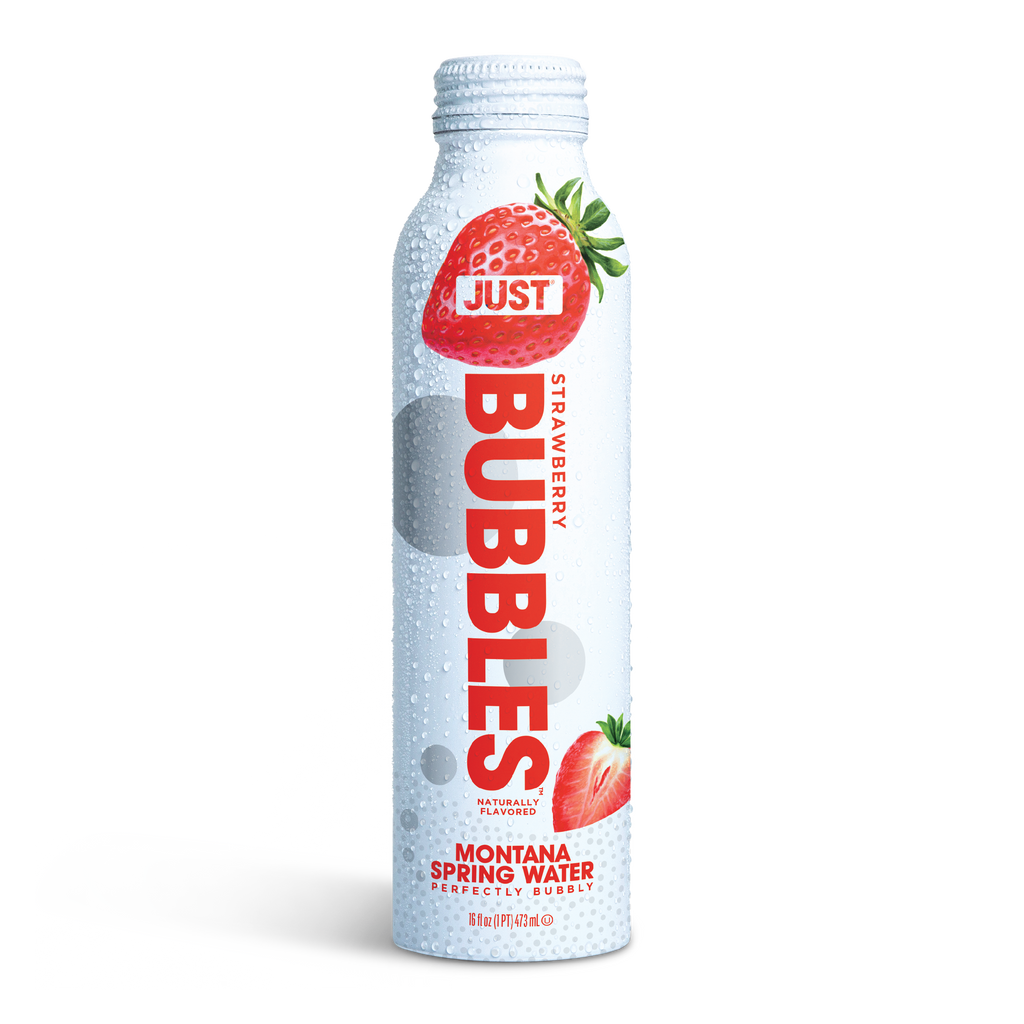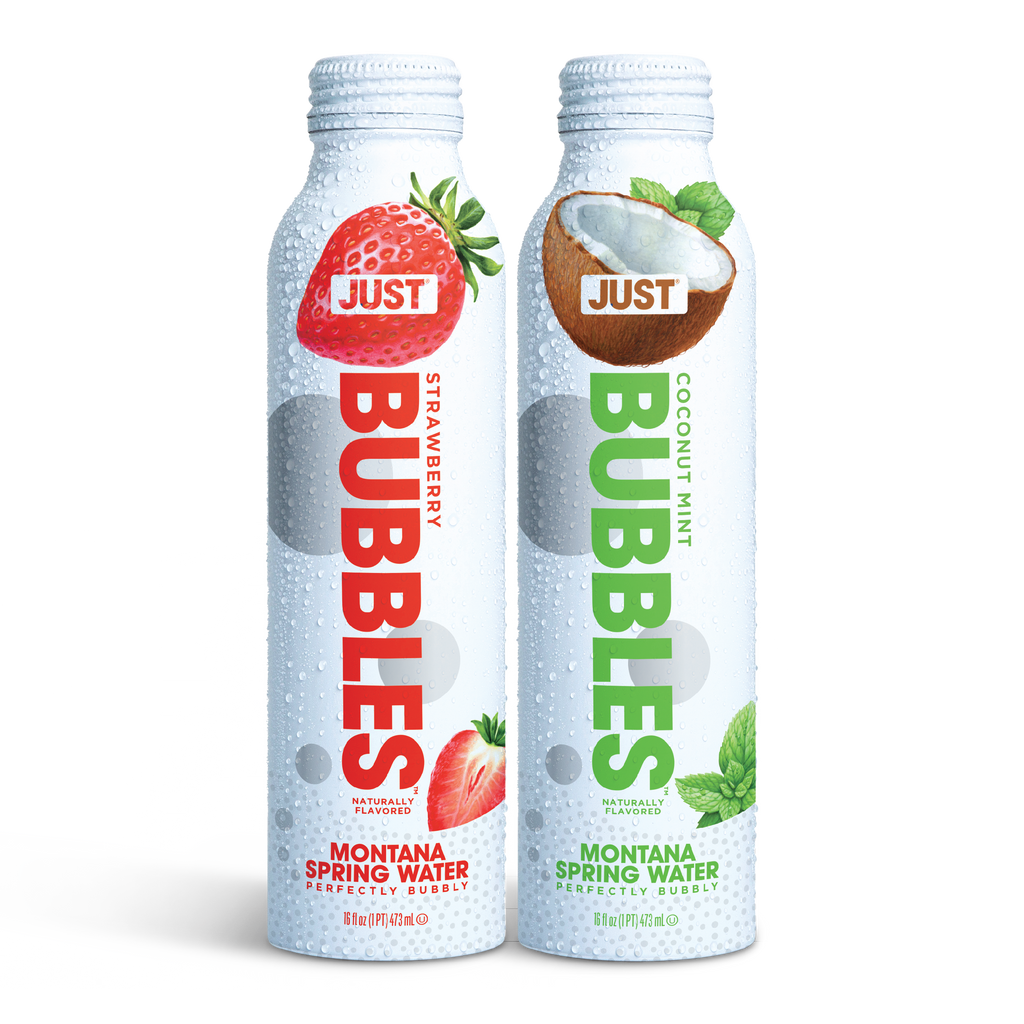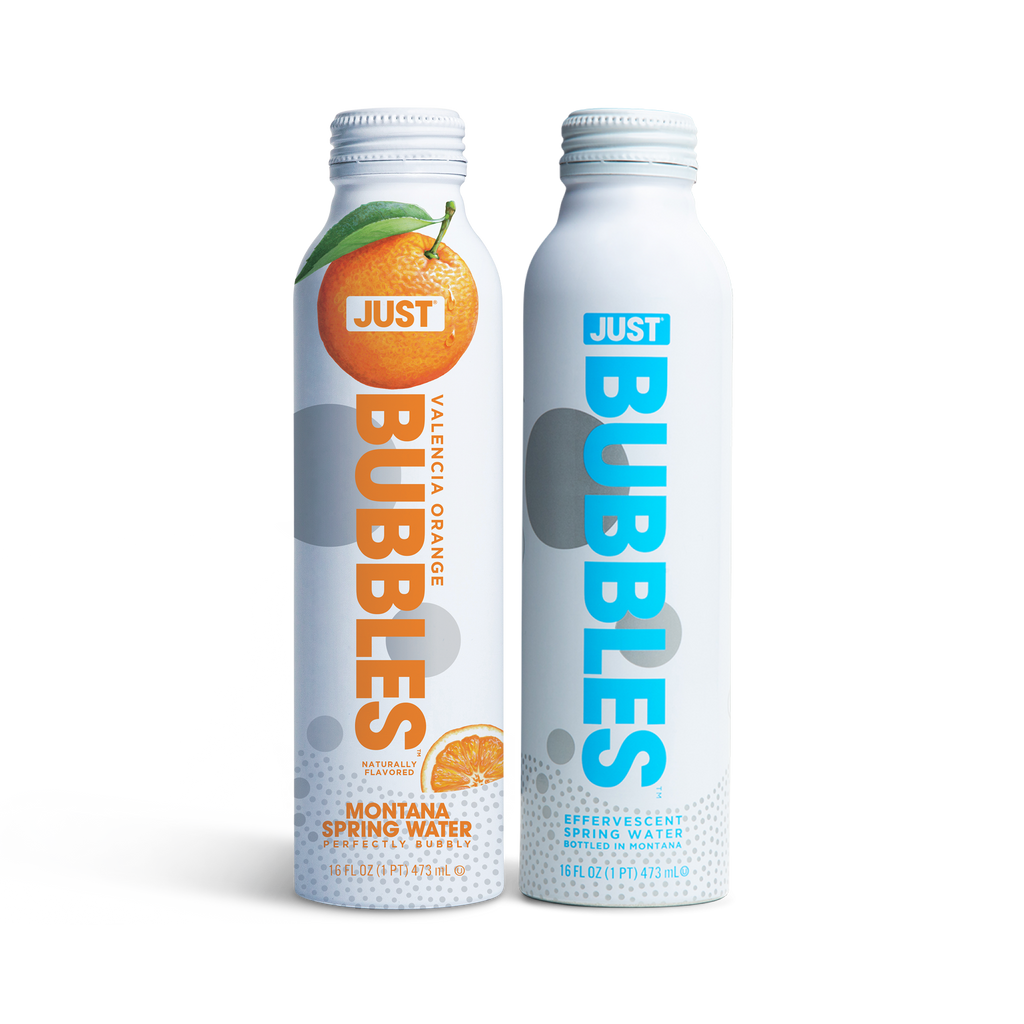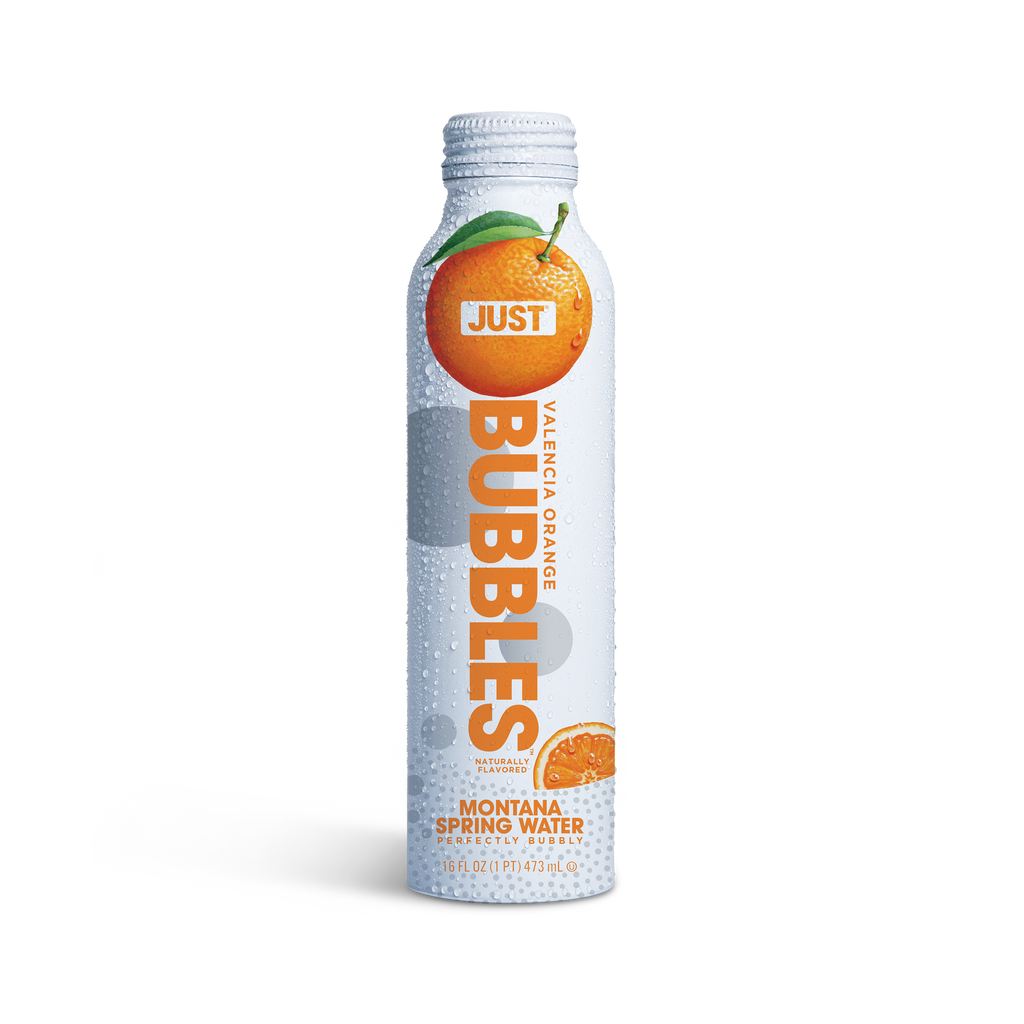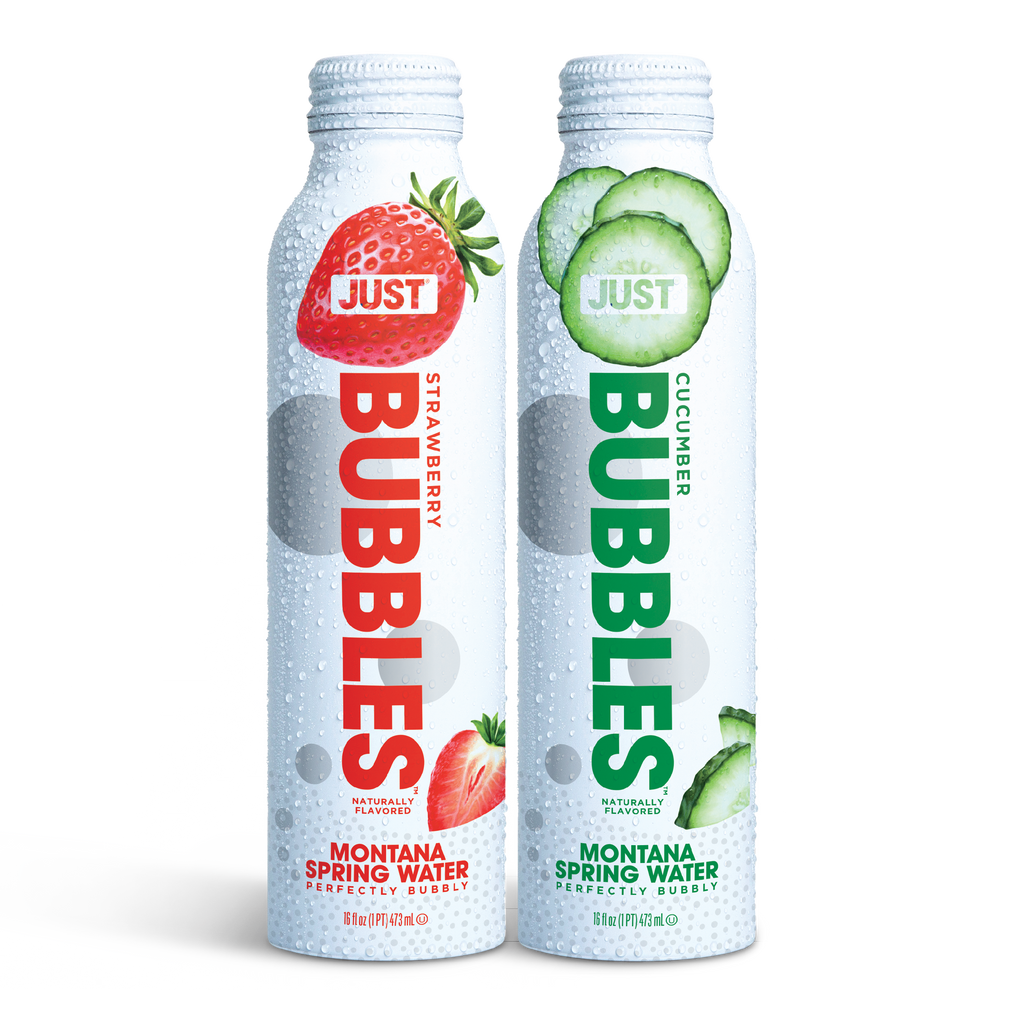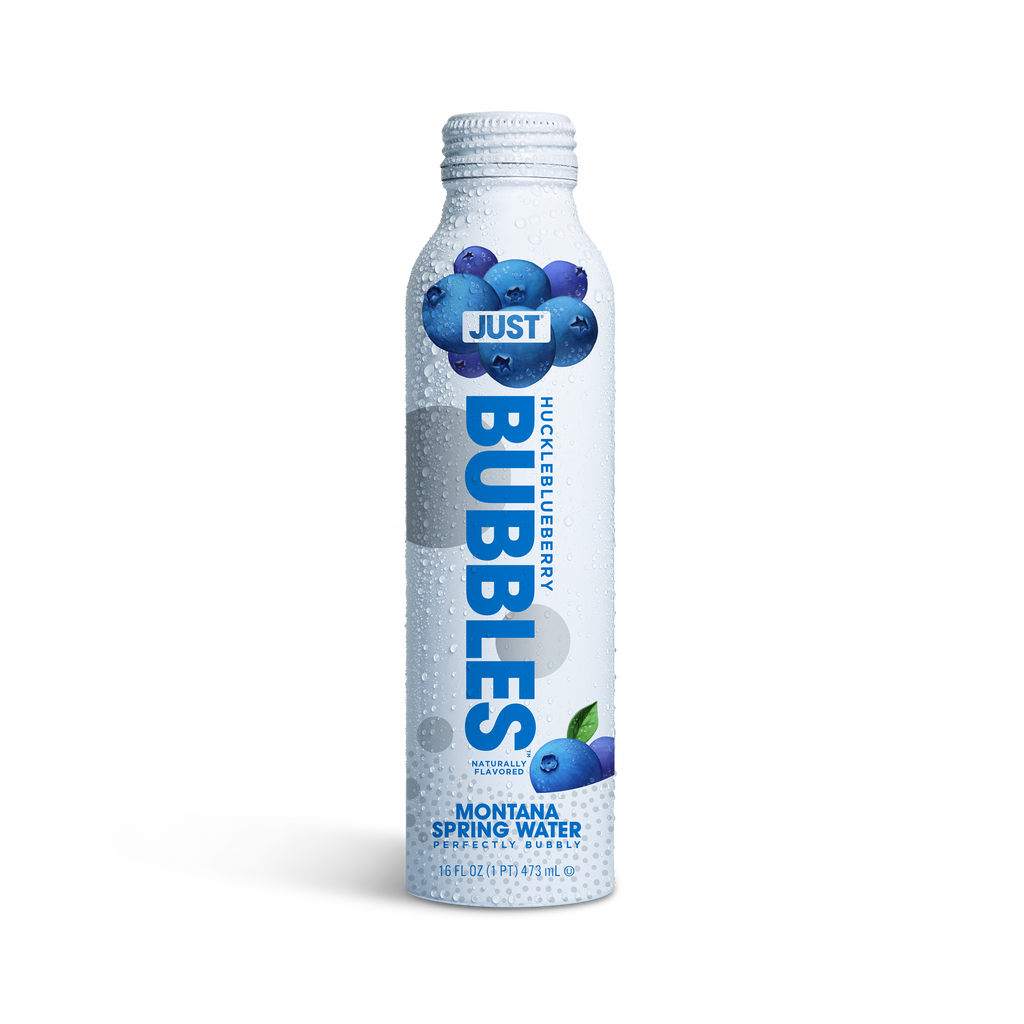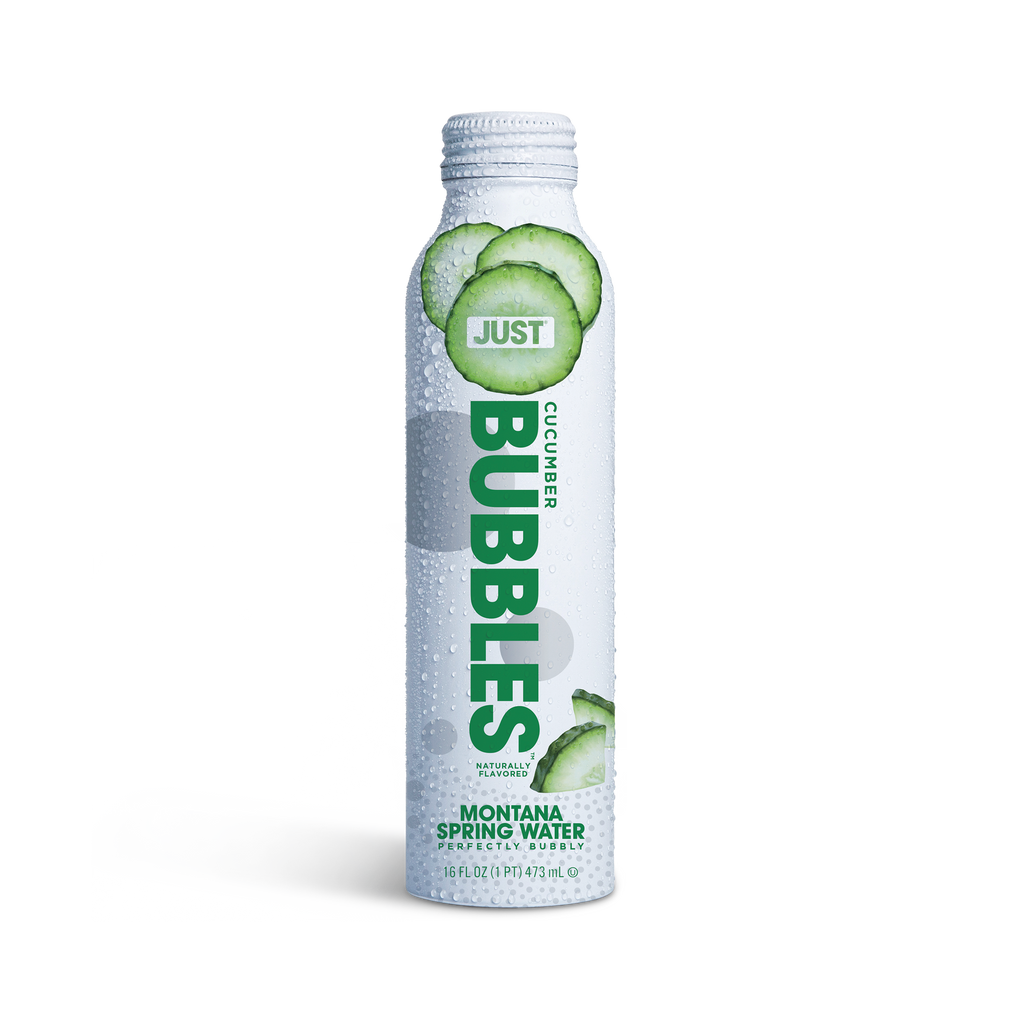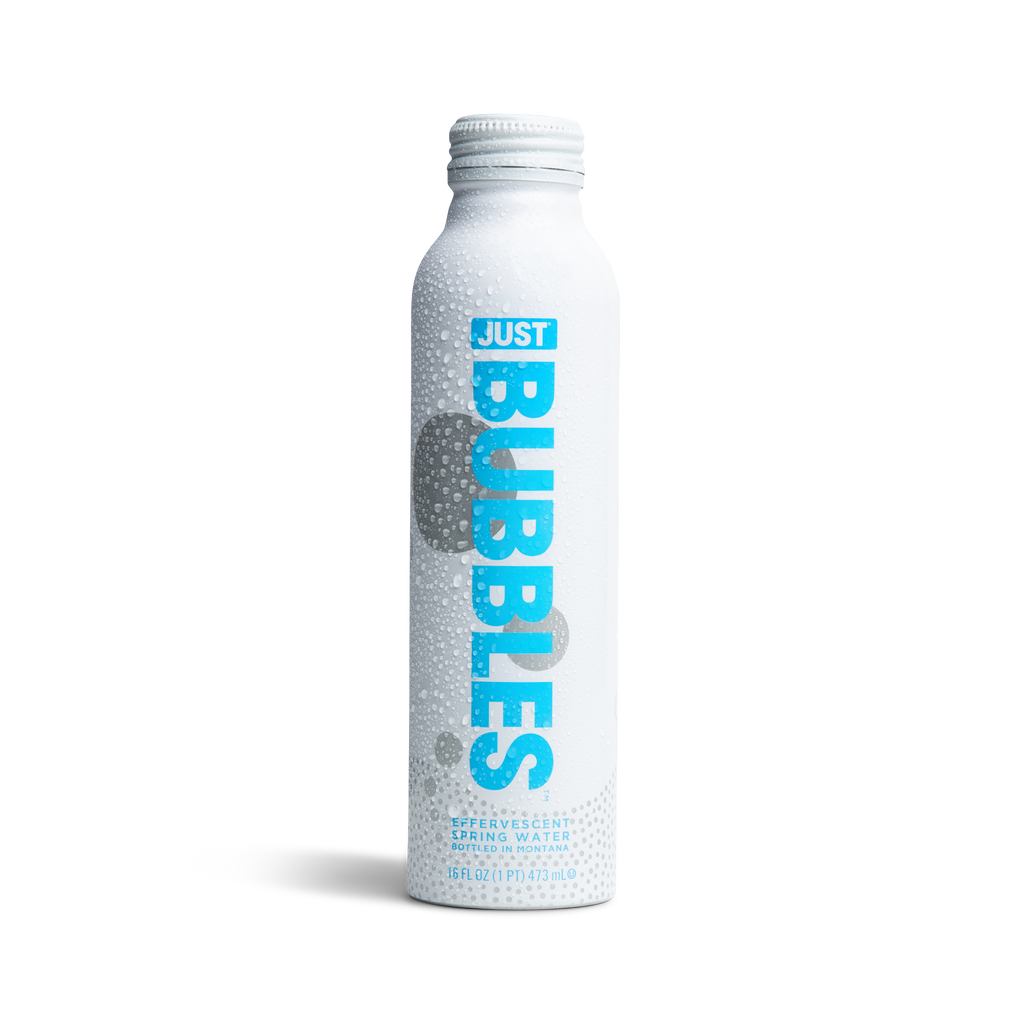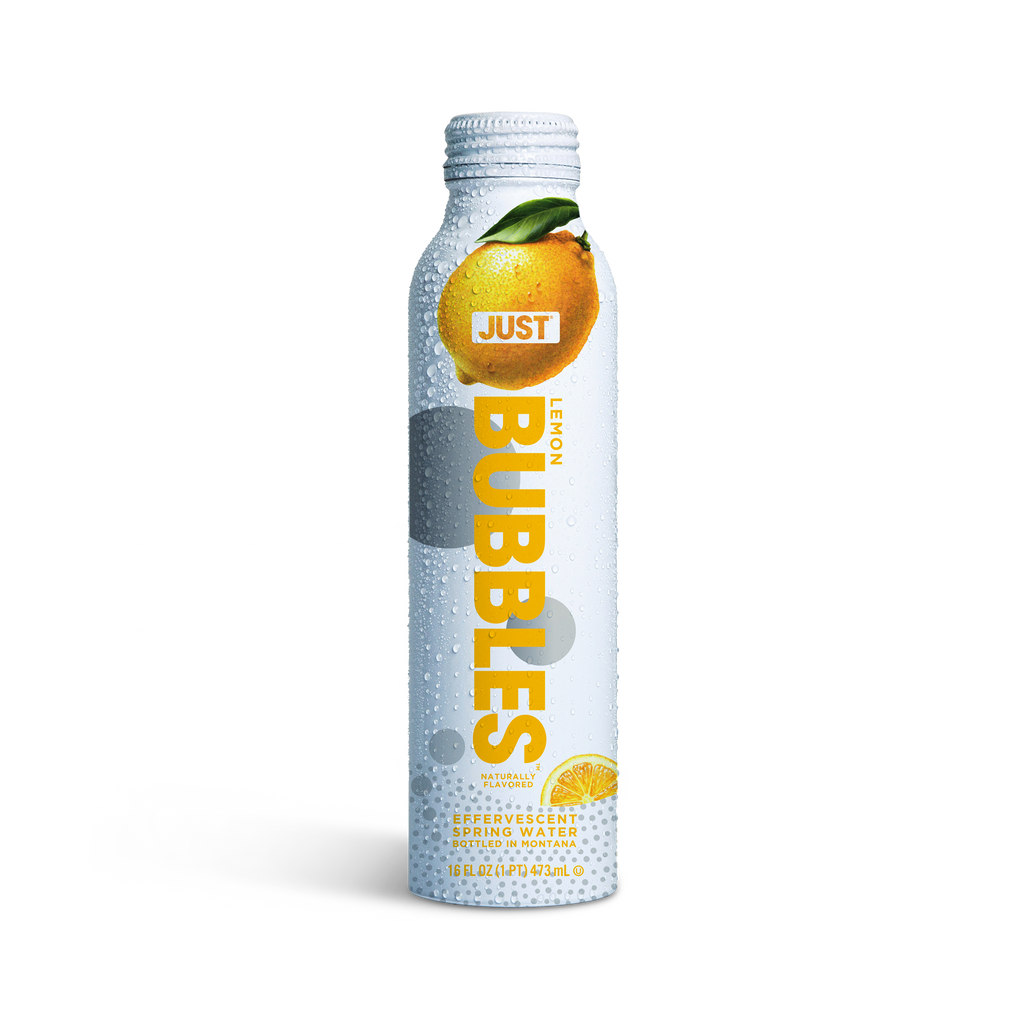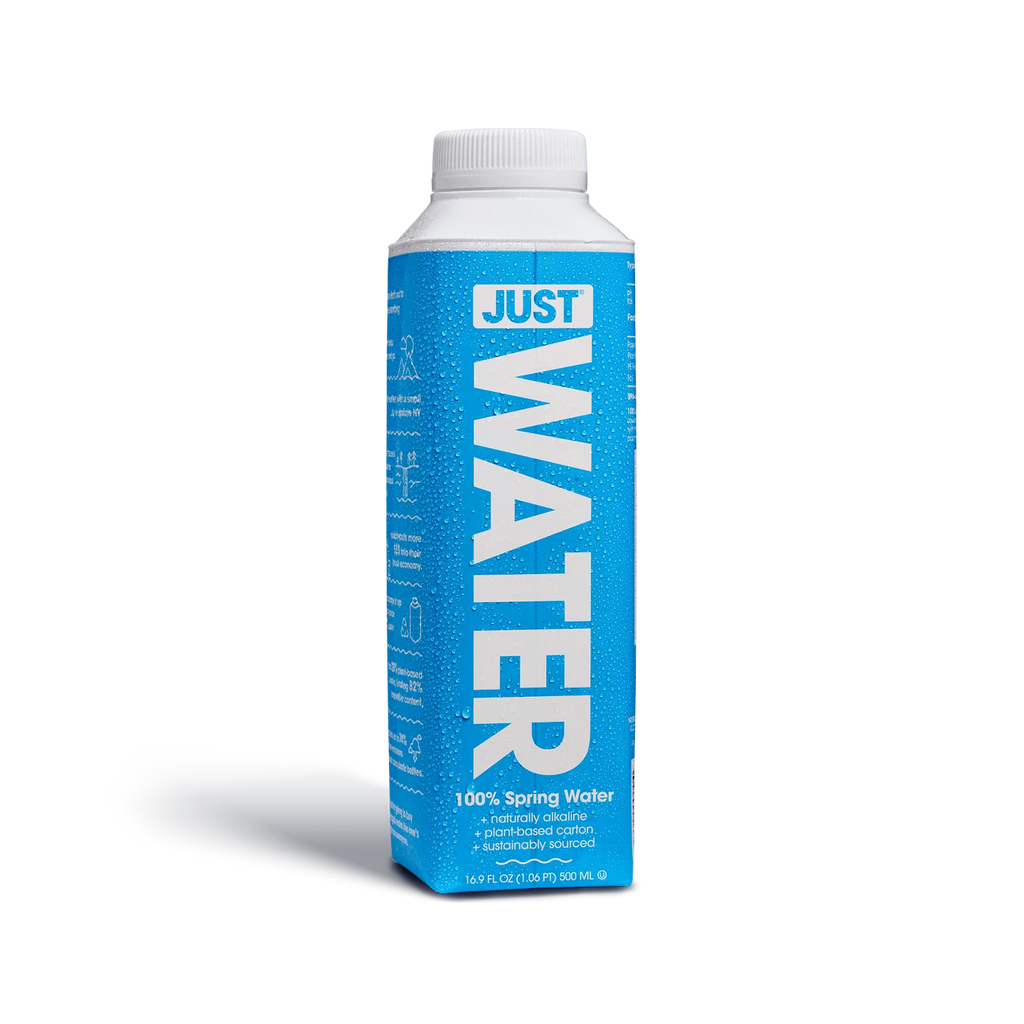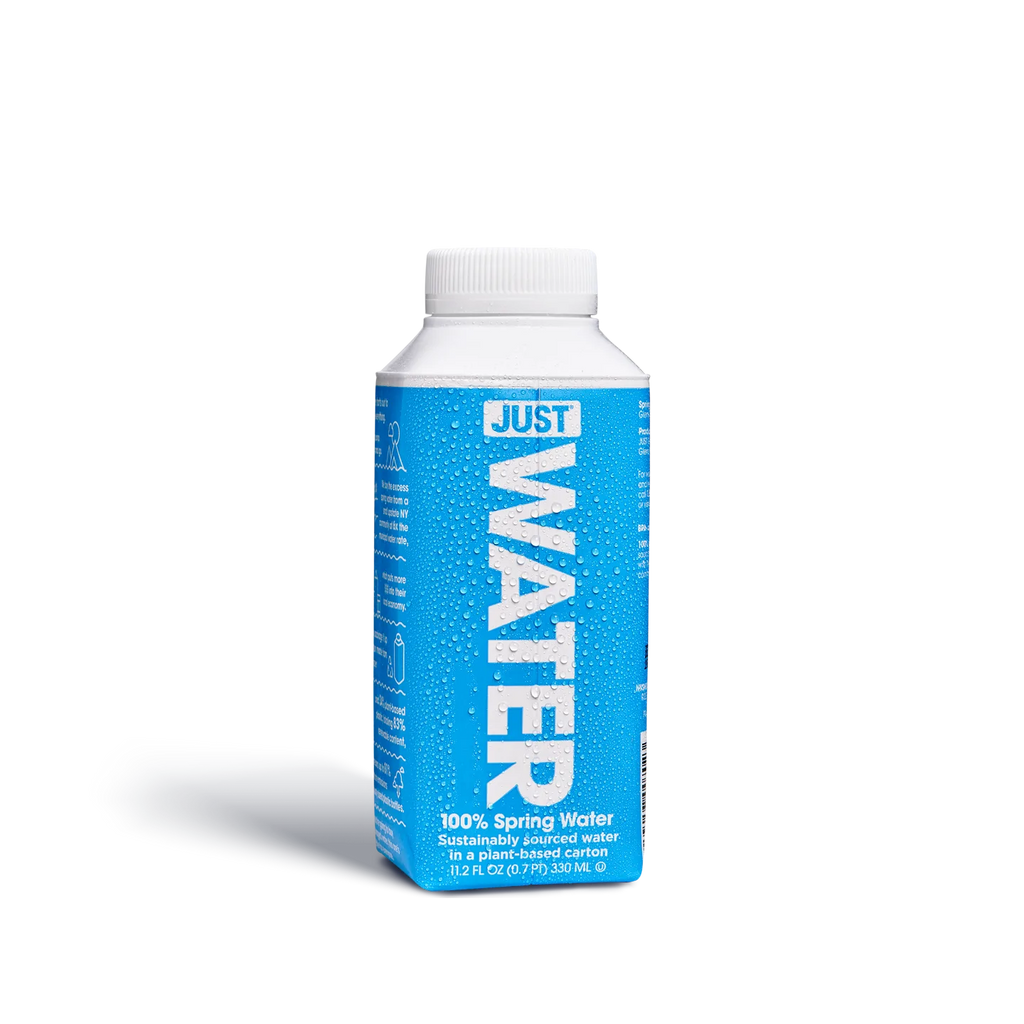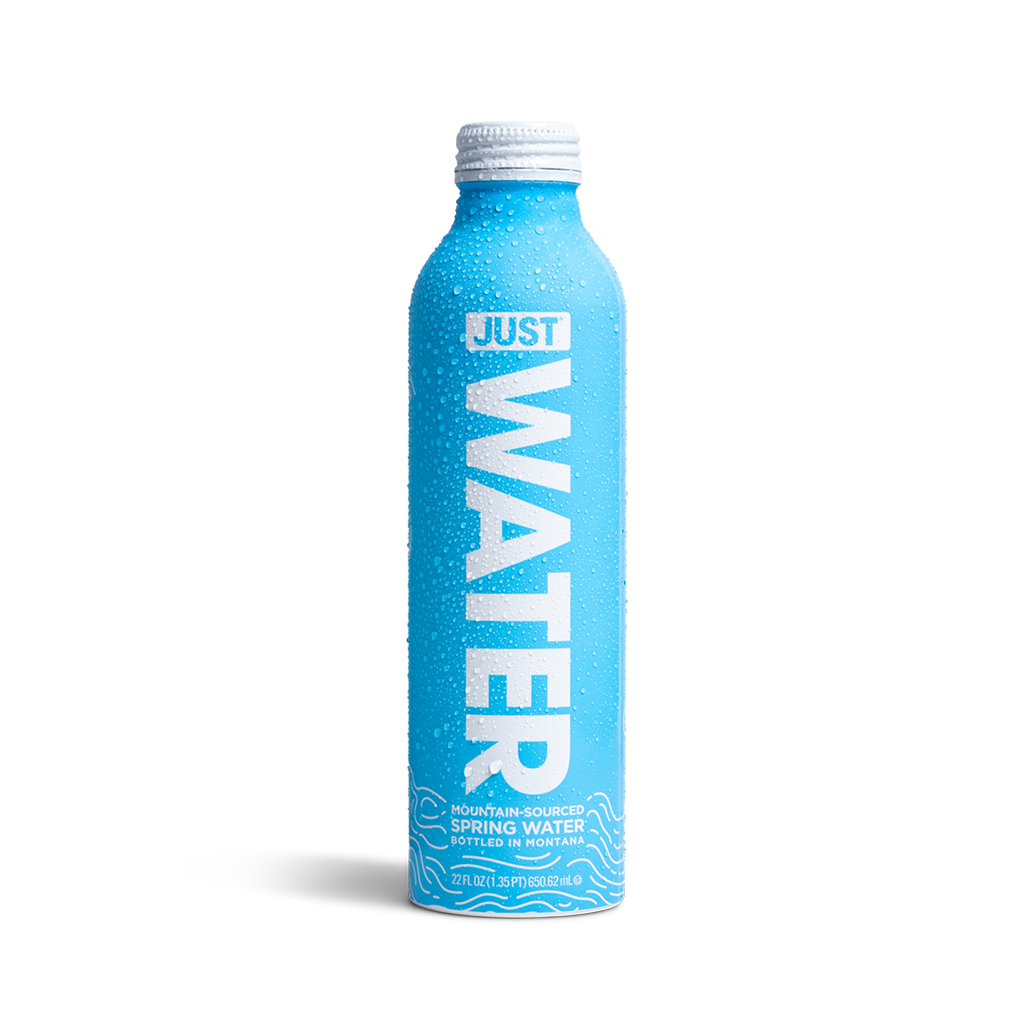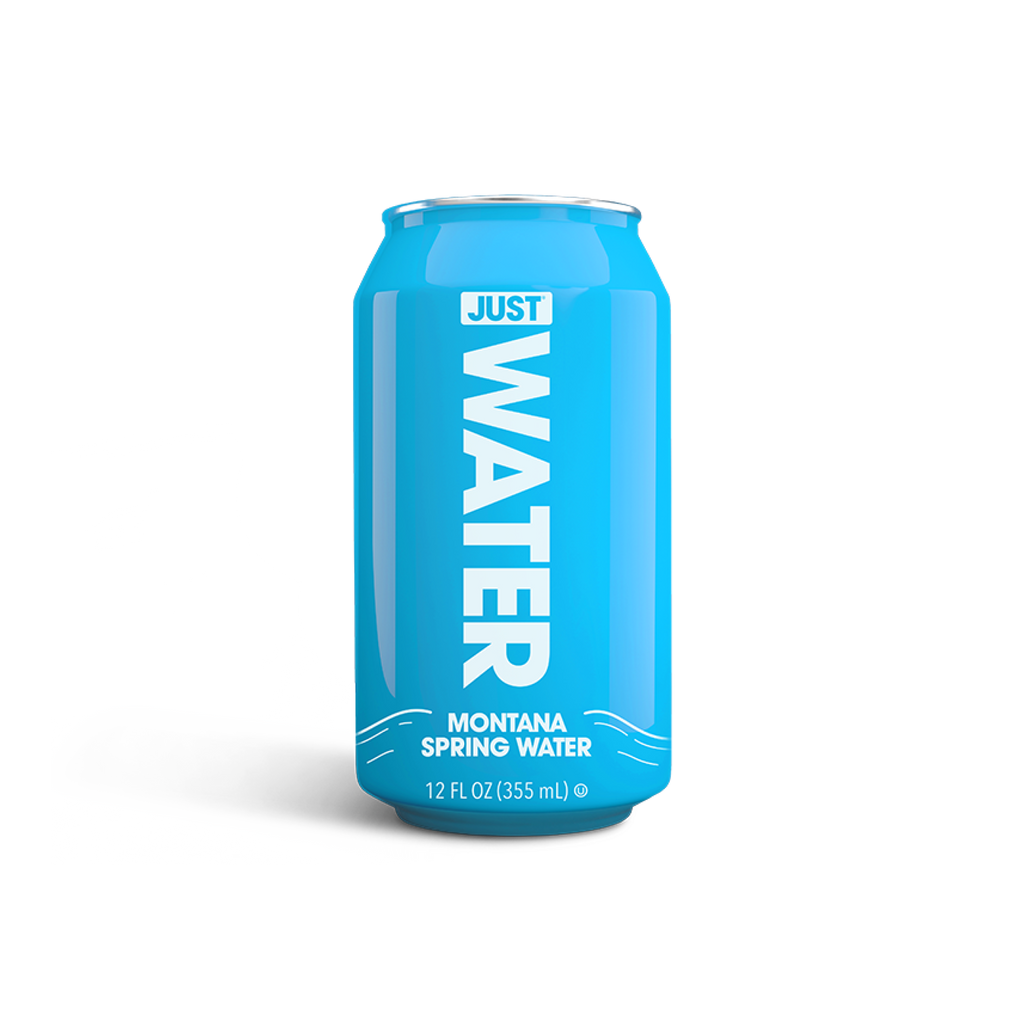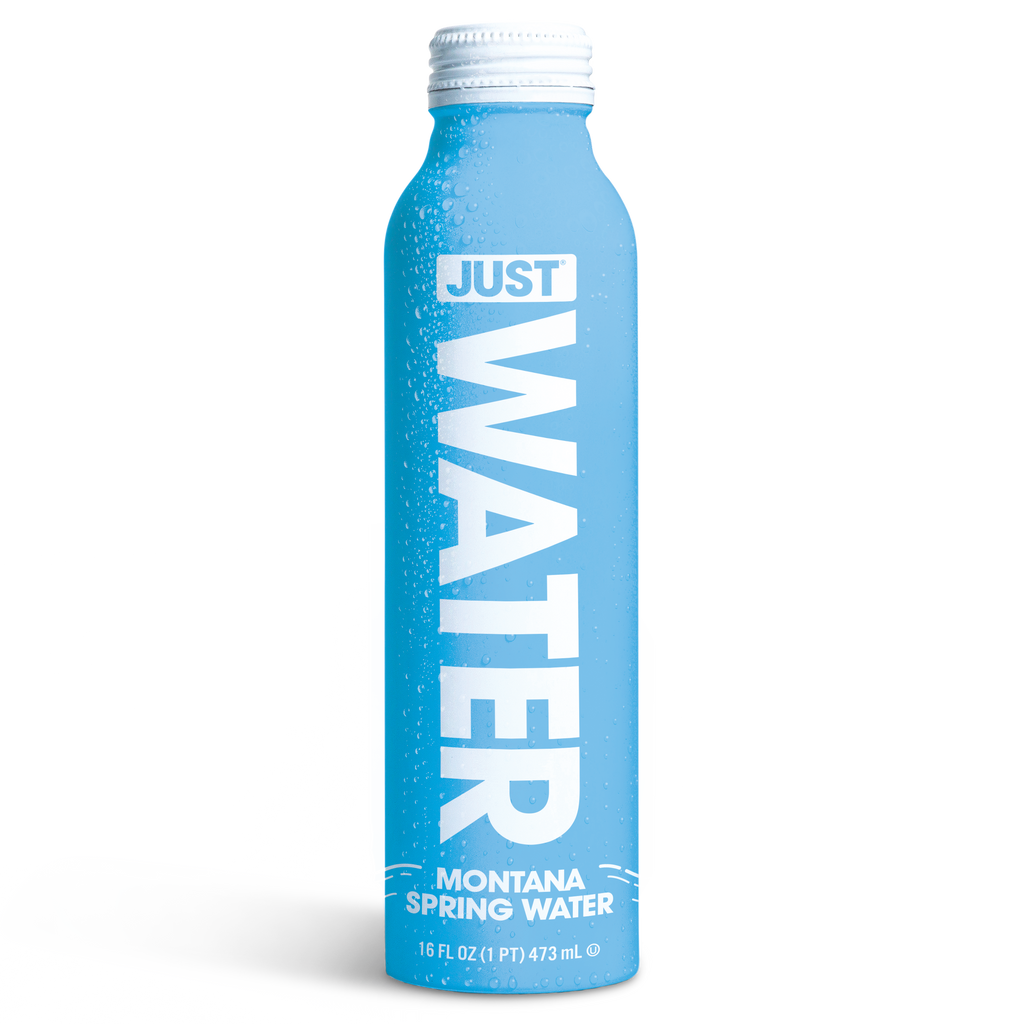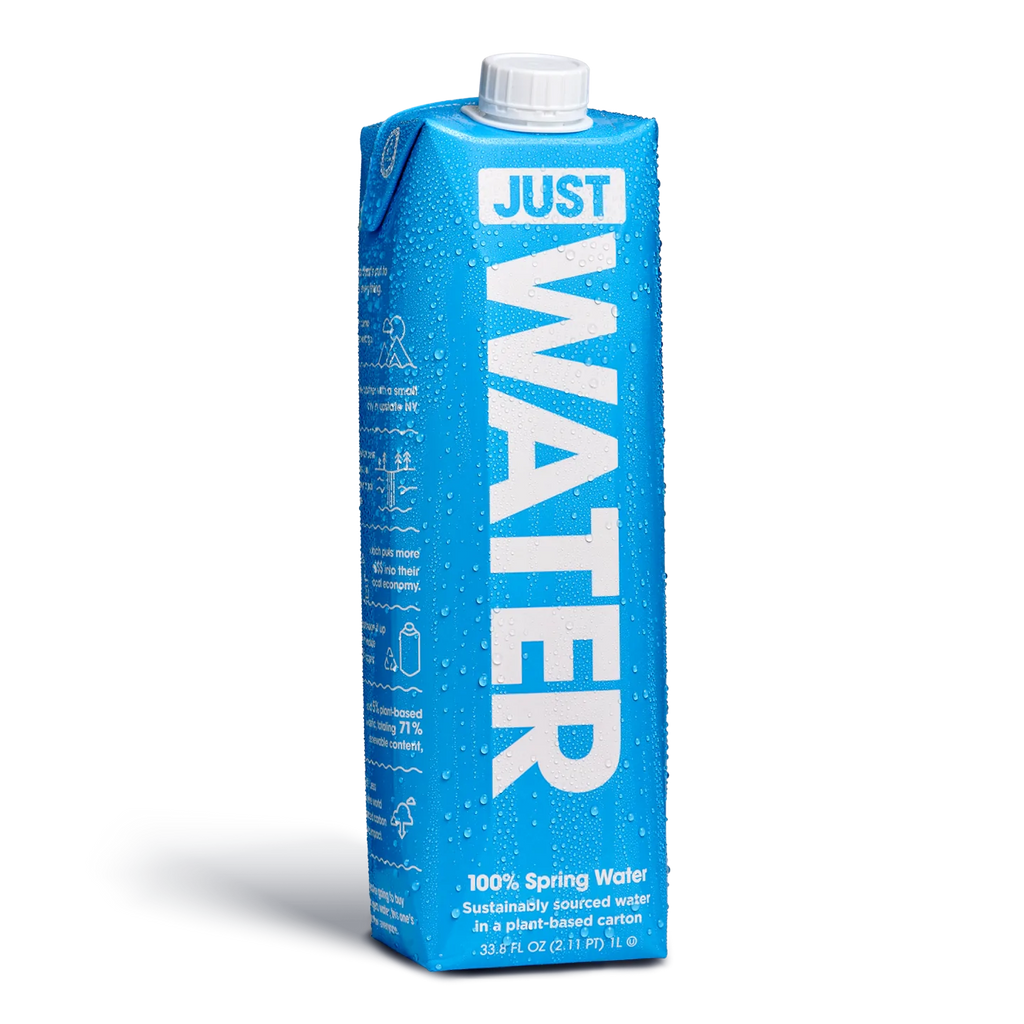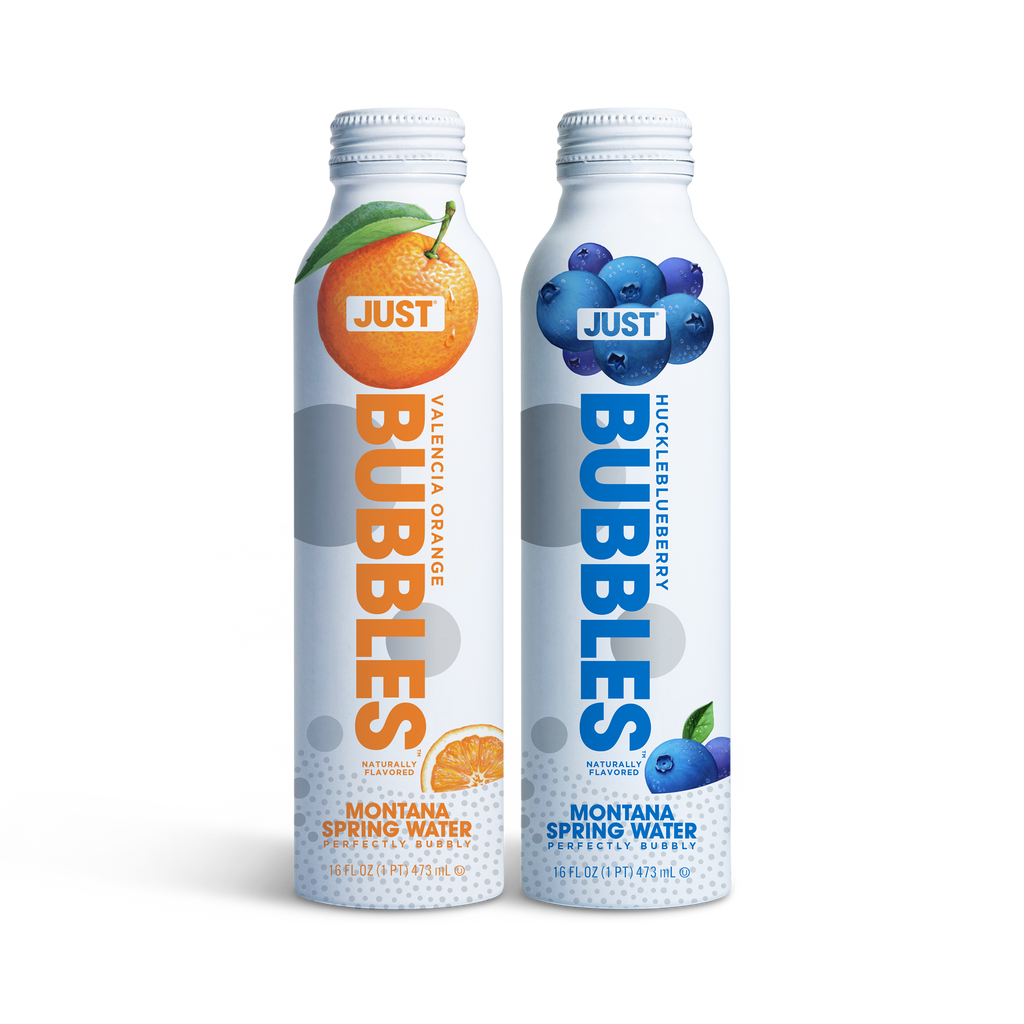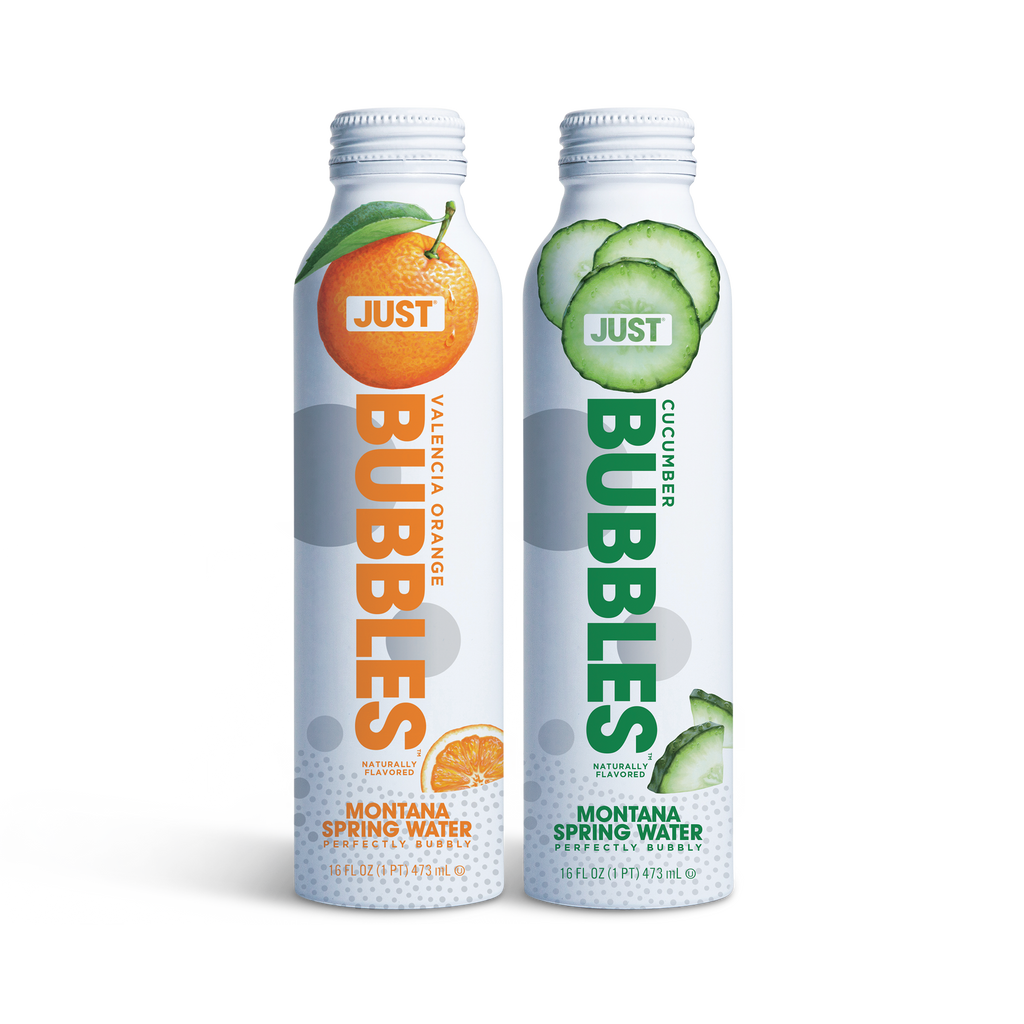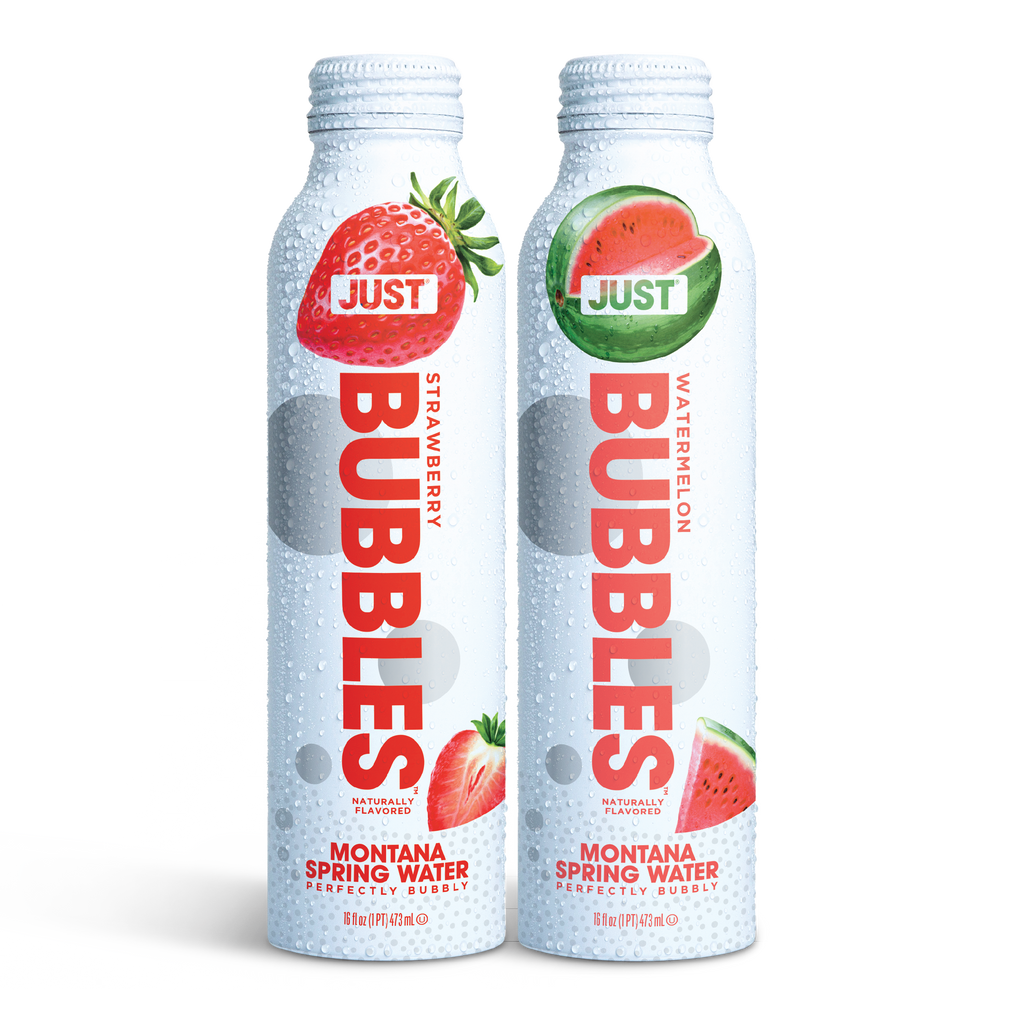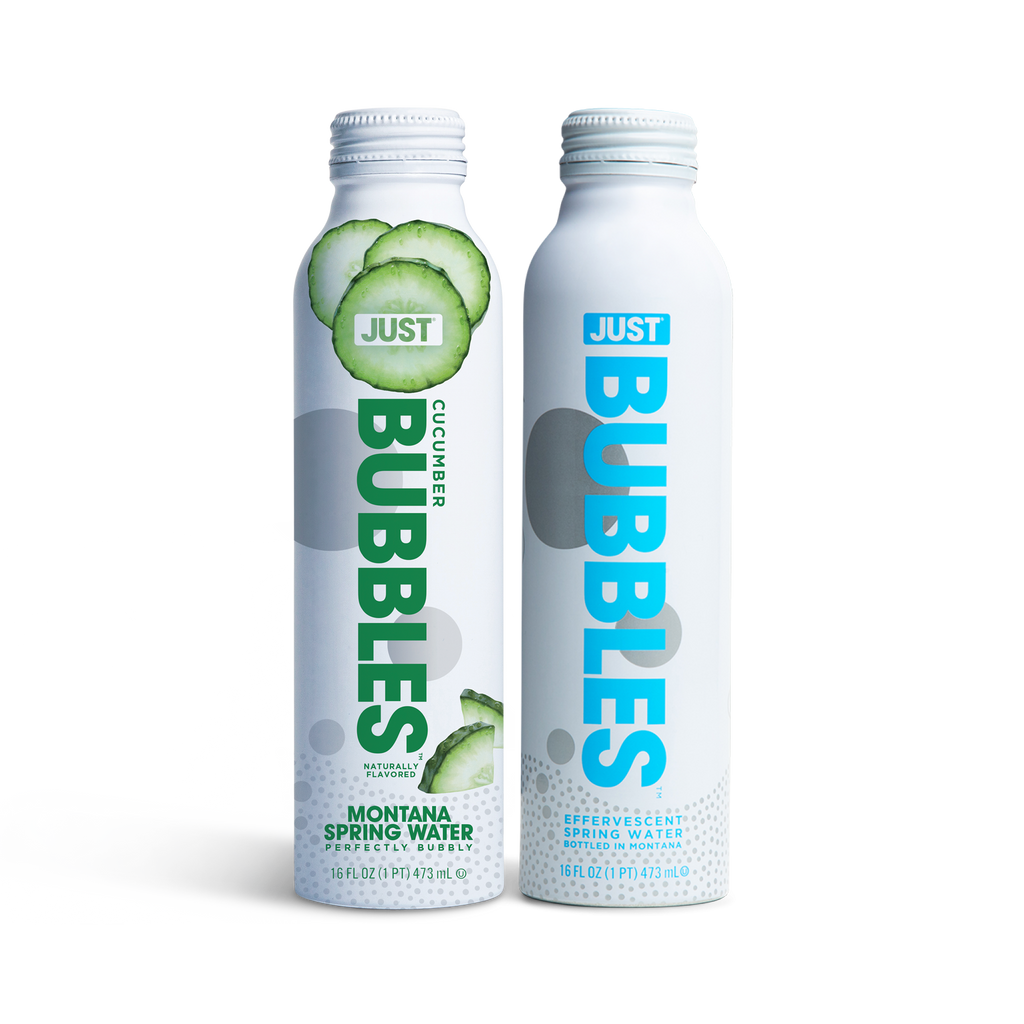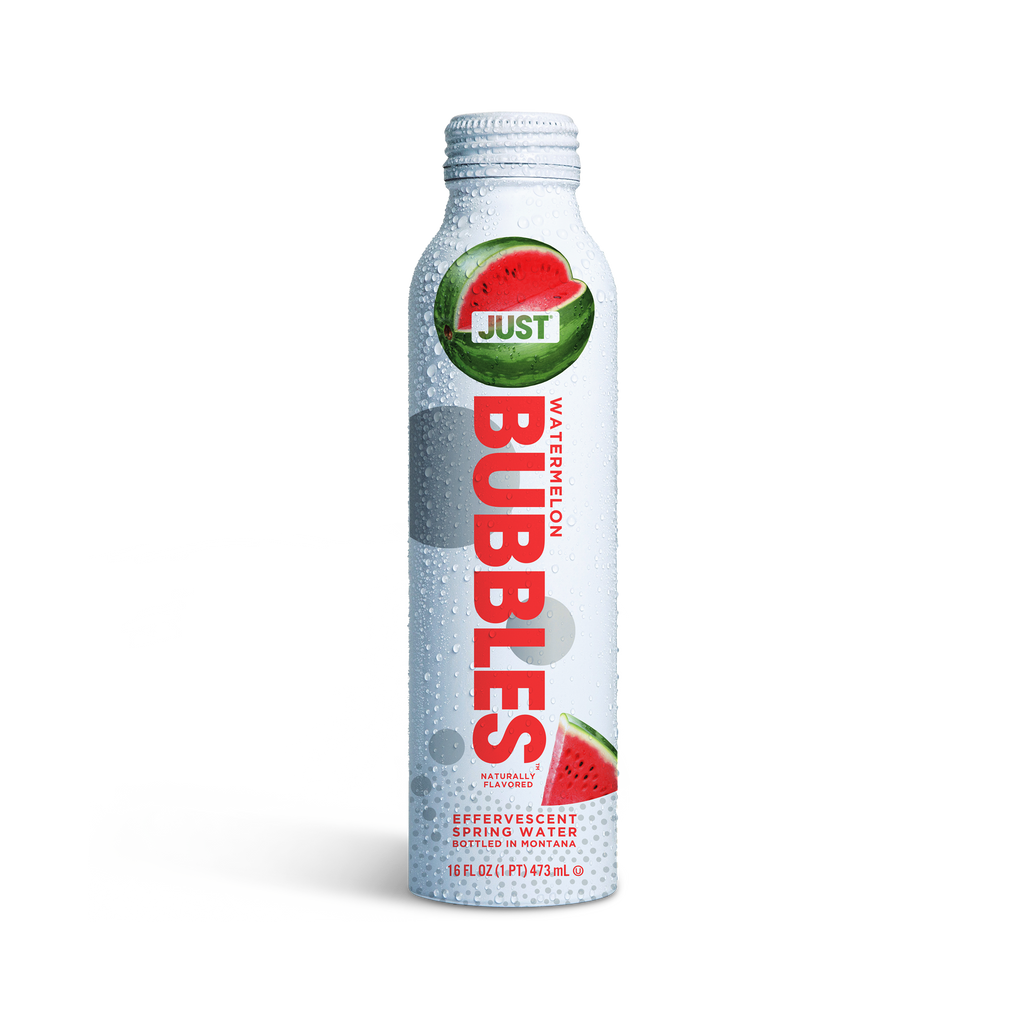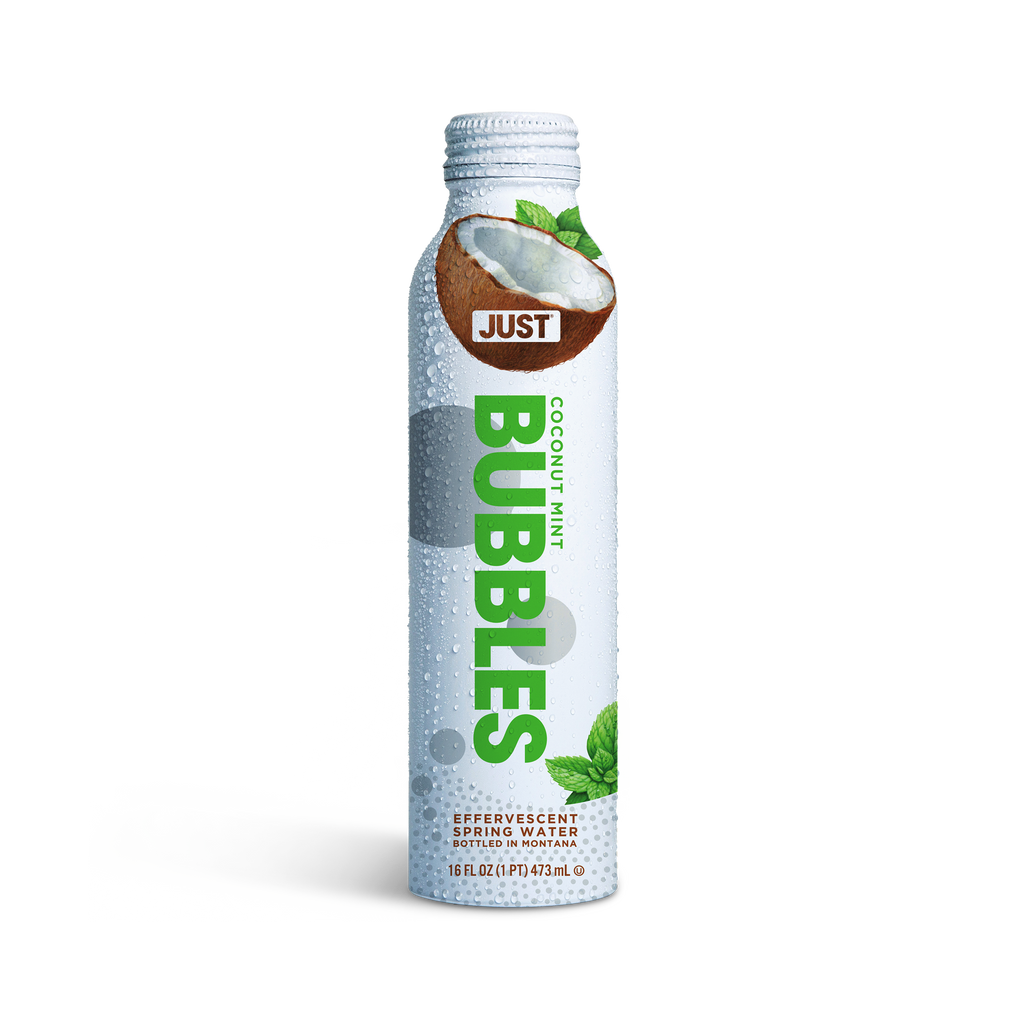CREATING A PRODUCT WITH A LOWER IMPACT
Written by Just Water
Have you ever heard of an LCA? It stands for Life Cycle Analysis, and it’s the key to understanding what kind of emissions are made from a manufacturing process. It’s also how we quantify our own emissions at JUST in order to make sure we’re making a package with a low carbon footprint. Here’s how we do it.
The Cycle of Life
Creating products with less impact on the environment starts with understanding the full picture of their existence. Validating the impact of a product and its packaging comes from a report called that LCA (Life Cycle Analysis) we mentioned a paragraph ago. The goal of our Life Cycle Analysis is to provide information about the environmental impacts across the life cycle of making JUST water’s packaging compared to other forms of packaging. It’s a scientific method for making deeper evaluations of the environmental benefits and tradeoffs for the entire “life” of the JUST water system, from raw material extraction to disposition at the end of its useful life or recycling. This baseline is useful in our decision-making as we strive towards greater improvements year after year. Our product’s Life Cycle Analysis was performed Franklin Associates, a division of ERG.
The JUST water LCA was conducted in accordance with the following voluntary international standards for LCAs:
ISO 14040: 2006, Environmental management – Life cycle assessment – Principles and framework
ISO 14044: 2006, Environmental management – Life cycle assessment – Requirements and guidelines
Weight vs. Impact
As we learned from our Life Cycle Analysis, comparing the weight and impact of products is a key component to understanding the importance of renewable and recycled materials in everyday goods. Our cartons are made from a mix of paper, plant-based plastic, and aluminum. Paper makes up 54% of the weight of the package in its entirety, followed in weight by plastic and then aluminum. Yet when we look at the impact of each material, despite making up the most weight of the package, paper represents only 20% of the package’s CO2 impact. Meanwhile, plastic, which represents only a small part of the packaging, represents the highest CO2 impact of all. Really put things into perspective for us.
On Global Warming
The implications of rising global temperatures are gargantuan, so at JUST, creating our products and conducting our business in a manner that makes every effort choose better and limit emissions impact has been a central part of our company DNA. We made it a top priority to study the potential CO2 emissions of our first product comparatively as soon as we got moving.
The Global Warming Potential assessment is an index that describes the radiative characteristics of well mixed greenhouse gases: water vapor (H2O), carbon dioxide (CO2), methane (CH4), nitrous oxide (N2O), ozone (O3), and chlorofluorocarbons (CFCs). This index represents the combined effect of the different times these gases remain in the atmosphere, as well as their relative effectiveness in absorbing outgoing infrared radiation. The Global Warming Potential index approximates the time-integrated warming effect of a unit mass of a given greenhouse gas in today’s atmosphere, relative to that of carbon dioxide. This definition comes from the glossary of the intergovernmental Panel on Climate Change (IPCC) Third Assessment Report – Climate Change 2001.
All of that might sound confusing at first if you’re not a scientist, but at the end of the day, the numbers speak for themselves. The JUST water carton represents a 74% reduction in CO2 emissions compared to a plastic bottle of similar size, which significantly reduces its comparative global warming impact.
The Life and Times of a JUST Carton
We’d like to tell you a little bit more about the life cycle of one of our cartons, from beginning to end. Join us on a journey of sustainability, won’t you?
Phase 1: Material Production
A JUST carton begins at this stage, which covers all processes from the extraction of raw materials (e.g. wood) through the production of materials in a form ready for conversion steps (e.g. fabrication into a carton for the PET systems). Production of material inputs for the molded top of the JUST water carton also happens at this point. To learn more about our material production, check out our blog posts on Forestry and Plant-Based Plastic.
Phase 2. Converting
At this point in the carton’s lifetime, we can see conversion of all of the materials into roll stock, which is a form of packaging which allows us to give you great-looking packaging design. At this point, the cartons are ready to be sent to the filling location. For the PET carton, this step includes injection molding of the preform and subsequent stretch blow molding into a carton. The preform and carton are produced at the same location in this analysis.
Phase 3. Filling
Who’s thirsty? That’s right: it’s water time! For the JUST water carton, this stage includes converting the rollstock into cartons, molding the top and joining it to the carton base, filling the carton with our delicious, responsibly sourced water (you can learn about our water here), and putting the closure on the carton. For the PET carton, this step includes filling the carton with still water and putting the cap and label on the carton.
Phase 4. Transportation
Now, the filled cartons get on the move. For the JUST water carton, this stage includes both the transport of the rollstock to the filler and the transport of the completed carton to retail, where you can buy it and enjoy it whenever you’re thirsty. For the PET carton, this stage covers transport of the PET resin to the converting/filling location and subsequent transport of the finished carton to retail. Important note: transportation steps also occur throughout other life cycle stages of the containers.
Phase 5. Closure (Life Cycle)
This stage includes all life cycle steps relevant to the closure (material production, converting, disposal and recycling).
Phase 6. Label (PET Carton Only, Life Cycle)
This stage includes all life cycle steps relevant to the PP label for the PET carton (material production, converting, and disposal).
Phase 7. End-Of-Life Disposal
Here’s the part where you throw the carton out in a regular trash can. End-Of Life (EOL) disposal covers steps related to the consumer disposal of the primary body of the containers in the average U.S. municipal waste stream. Both waste-to-energy (WTE) combustion and landfilling are considered.
Phase 8. Recycling
...Or maybe you recycled! Yay! We love this part. This stage includes processes required to recover the material so it is suitable for a subsequent useful life. The processes included in this stage are dependent on the recycling allocation method applied (system expansion versus cut-off). You can learn more about how JUST cartons get recycled here (it’s really interesting, we promise).
What Can We Do to Improve?
No one is perfect. We at JUST know that we have a lot to work on as we continue to grow and find new ways of making better things in better ways. So in the spirit of transparency, we’re letting you in on all the ways we’re hoping to get better and more JUST in the future. We’re working closely with Tetra Pak to further increase the renewable content in our cartons and we aim to source recycled aluminum for that protective layer in them. We’re some mind-blowing ways we can use our scrap materials and convert them into other items you’ll be excited to bring into your life. And we’re also always looking for ways we can improve efficiencies and use our resources more sustainably, especially at our production facility. We’ll be sure to keep you up to speed as these evolutions come to life.
